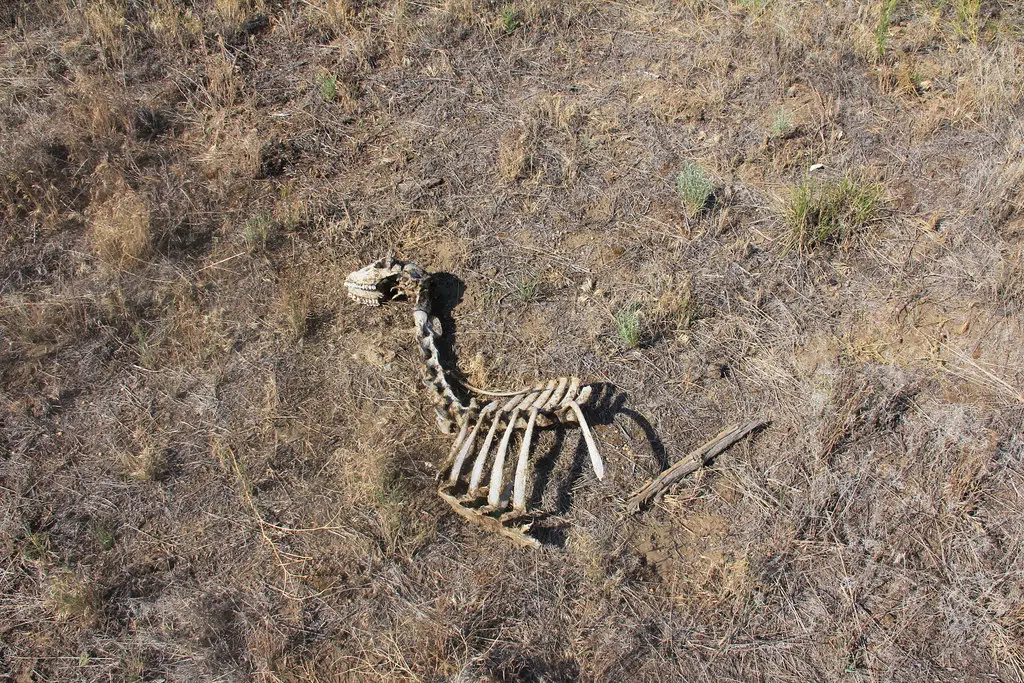Parks Canada reports a significant decline in the feral horse population on Sable Island during the harsh winter season, resulting in a 25% reduction in the herd. Approximately 150 horses succumbed to the challenging conditions on this remote crescent of sand located about 290 kilometers southeast of Halifax in the Atlantic Ocean. This figure is more than twice the usual annual average, as indicated in Parks Canada reports.
Sable Island’s ecologist, Dan Kehler, explains that the horses face their greatest vulnerability in late winter when their energy reserves are depleted, and locating grass becomes a daunting task. He notes that the horses carry a parasite load, and the winter conditions, characterized by cold, wet, and windy weather, along with the scarcity of forage, contributed to this mortality.
Kehler also mentions that there have been previous instances of similar-sized die-offs in the past, with the horse population on Sable Island National Park Reserve subsequently rebounding. These events have had impacts on the genetic structure of the horse population, primarily resulting in the loss of weaker individuals and reducing breeding opportunities for the remaining horses, as per Parks Canada reports.
The number of horses on the island has always fluctuated, with last year’s population reaching an all-time high of 591, according to Parks Canada. Philip McLoughlin, a biologist from the University of Saskatchewan who has studied Sable Island’s horses for years, considers the recent decline as a natural correction. He explains that it is not unusual for wild populations to go through declines, especially this population, which has experienced periods of stable growth followed by declines.
McLoughlin reveals that 30 foals were born this summer, and he does not perceive any immediate threat to the herd’s overall survival. Since 2007, the university has been meticulously tracking and naming each horse on Sable Island, gaining valuable insights into their life histories and movements.
According to Parks Canada, the current population resembles what it was approximately eight years ago. It is speculated that the surviving horses are likely the fittest, with better chances of thriving due to lower levels of inbreeding. However, it will take several years to fully understand the long-term implications of this decline.
Parks Canada assumed management of Sable Island in 2013, marking a pivotal moment in the protection of its unique ecosystem. The island’s horses, now an iconic symbol of Sable Island, received formal protection in 1961, following public opposition to a plan that aimed to relocate them as workhorses or sell them for food.
Historically, the horses on Sable Island are believed to have descended from animals confiscated by the British from the Acadians during their expulsion from Nova Scotia in the late 1750s and 1760s. A Boston merchant and ship owner, contracted to transport the Acadians to the American colonies, also left some horses and other animals on the island.
Today, these horses are closely monitored but otherwise left to survive on their own, in line with their status as a protected wild species under the Canada National Parks Act, as detailed in Parks Canada reports. Natural processes are allowed to unfold on the island, as in any other national park.








